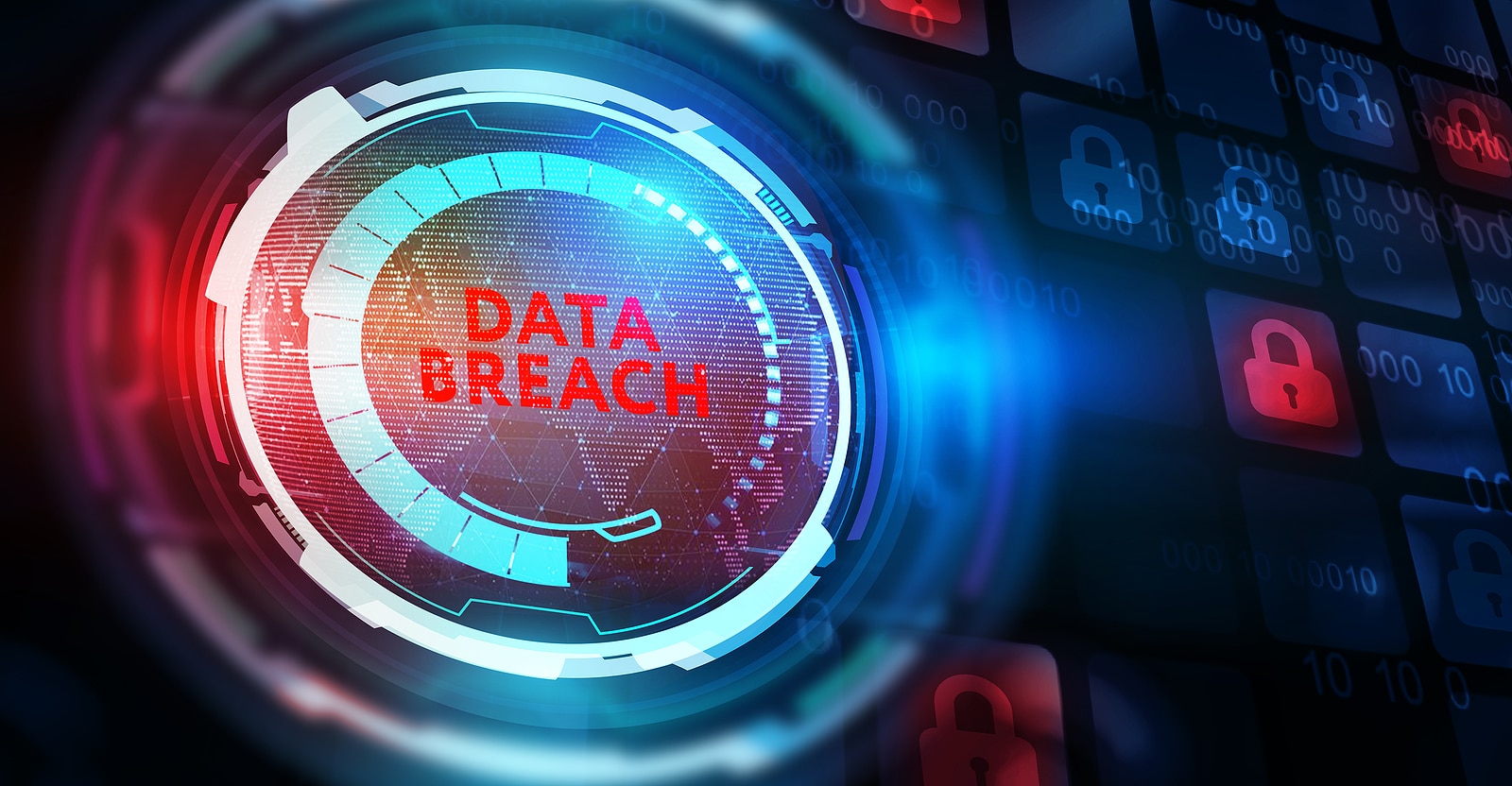The Influence of Effective Data Destruction on Cyber Security Risk Monitoring
The Influence of Effective Data Destruction on Cyber Security Risk Monitoring
Blog Article
The Value of Effective Information Devastation Practices in Shielding Sensitive Info and Ensuring Computer Protection
In an era where information breaches are progressively typical, the relevance of reliable information devastation practices can not be overemphasized. Carrying out durable information damage techniques not only mitigates these threats but additionally aligns with lawful compliance needs, guaranteeing that organizations copyright their credibility and foster customer depend on.
Recognizing Data Damage
Understanding information devastation is vital in today's digital landscape, where delicate details can quickly be jeopardized. Efficient data devastation entails not merely removing documents however making sure that information is irretrievable via comprehensive techniques. This procedure is necessary for companies that take care of personal client info, intellectual residential property, or internal files, as any violation can lead to extreme monetary and reputational consequences.
Data destruction includes numerous methods, consisting of shredding physical media, degaussing magnetic storage tools, and utilizing software-based solutions that overwrite information numerous times. Each technique offers a specific objective and has to straighten with the sensitivity of the information being disposed of. Physical destruction is typically preferred for hard drives having very personal data, while software application approaches may be adequate for less sensitive info.
Furthermore, adhering to market criteria and laws, such as the General Information Defense Law (GDPR) or the Medical Insurance Portability and Accountability Act (HIPAA), is imperative for conformity and to alleviate lawful risks. Organizations needs to develop a robust information damage plan, train workers on best techniques, and regularly examine their procedures to ensure that all sensitive information is taken care of safely and effectively.
Threats of Inadequate Practices
Poor data devastation methods expose organizations to significant risks that can have far-reaching repercussions. When sensitive details is not appropriately gotten rid of, it continues to be at risk to unauthorized gain access to, which can cause data violations and identity burglary. Such occurrences not only endanger the safety of individuals but likewise tarnish the organization's reputation, leading to a loss of consumer trust and prospective financial repercussions.
Furthermore, regulative compliance is progressively rigorous in numerous sectors. Failing to abide by information devastation policies can lead to significant fines and legal activities against organizations. These charges can stress funds and divert focus from core service operations.
On top of that, the misuse of recurring information can result in copyright theft or company espionage, jeopardizing affordable advantages (data destruction). The impact of insufficient data destruction prolongs beyond immediate economic losses; it can likewise cause lasting damage to brand stability and market placement

Organizations have to acknowledge that data safety is not solely about avoiding breaches; it likewise encompasses the accountable administration of data throughout its lifecycle. Disregarding reliable data damage procedures can have devastating ramifications, underscoring the need for robust measures to reduce these risks.
Best Practices for Information Devastation
Carrying out effective data damage methods is vital for protecting sensitive details and keeping conformity with governing criteria. Organizations needs to take on a multi-faceted method to make certain that data is irretrievable, thereby stopping unapproved gain access to and prospective violations.
First, information should be classified based on sensitivity, allowing companies to use ideal damage techniques tailored to the level of danger. For digital data, using software-based data-wiping devices that comply with industry requirements can properly overwrite existing information. Physical destruction methods, such as shredding or degaussing, are essential for tools that save delicate information, making sure complete eradication.
Developing a clear information you could try here retention policy is crucial, describing for how long different sorts of details should be preserved prior to destruction. Normal audits of data storage systems are additionally essential to recognize unnecessary or out-of-date information requiring removal.
Additionally, training workers on the significance of data devastation and the particular protocols to follow fosters a culture of protection within the company. Ultimately, preserving documents of data destruction processes supplies responsibility and supports compliance with interior policies and external laws. By adhering to these ideal practices, organizations can considerably mitigate the dangers associated with data direct exposure.
Legal and Conformity Considerations

Failing to abide by these regulations can cause serious charges, including substantial penalties and reputational damages. Organizations has to execute a durable information damage policy that aligns with these lawful structures and gives clear standards on the appropriate techniques of information disposal, whether physical shredding or digital cleaning.
Furthermore, preserving documents of information damage tasks is essential for showing conformity during audits or inspections. By focusing on legal and conformity factors to consider, companies can enhance their information safety and security position and foster trust with stakeholders and customers, eventually adding to a much more protected information administration atmosphere.
Advantages of Effective Information Destruction
Efficient information destruction methods prolong past simple compliance; they supply considerable advantages to organizations that prioritize them. By ensuring that sensitive info is irretrievably ruined, organizations reduce the risk of data violations and the possible financial repercussions connected with them. This aggressive method not only safeguards versus unapproved accessibility however additionally enhances the general reliability of the company in the eyes of stakeholders and customers.
Implementing robust data destruction methods, such as physical damage of storage tools or sophisticated data wiping methods, adds to the fortifying of find this an organization's cybersecurity posture. data destruction. It lowers the possibility of copyright theft and shields proprietary info, thus keeping an one-upmanship in the market

Verdict
To conclude, reliable data destruction techniques are vital for guarding delicate details and boosting general computer protection. By executing thorough techniques such as software, shredding, and degaussing overwriting, companies can mitigate the threats connected with unapproved access and information violations. Adherence to regulatory criteria, consisting of GDPR and HIPAA, further enhances conformity and protects against lawful effects. Inevitably, a dedication to durable data destruction techniques cultivates a society of duty, thus reinforcing an organization's cybersecurity stance and maintaining client depend on.

Report this page